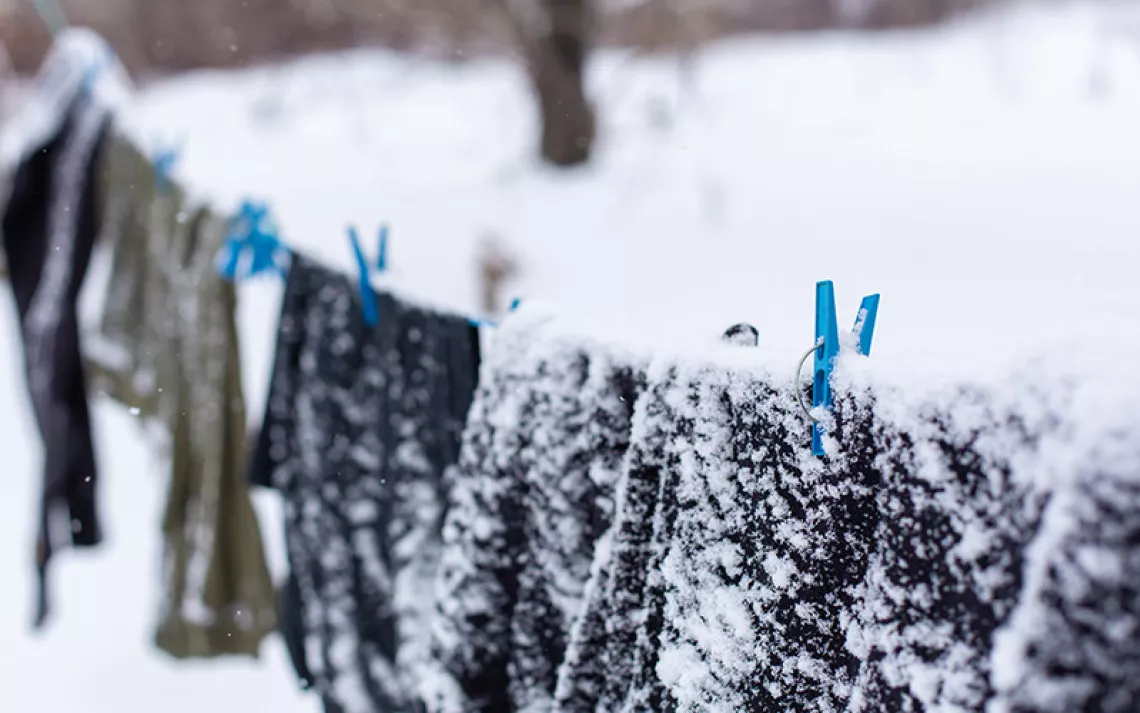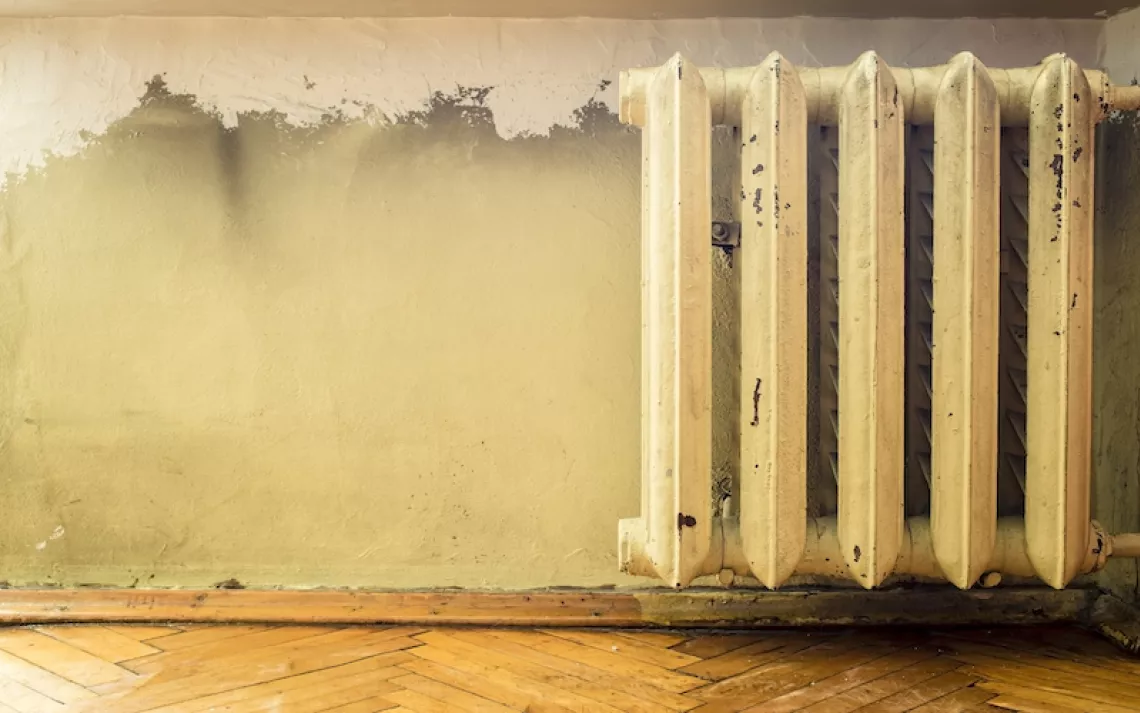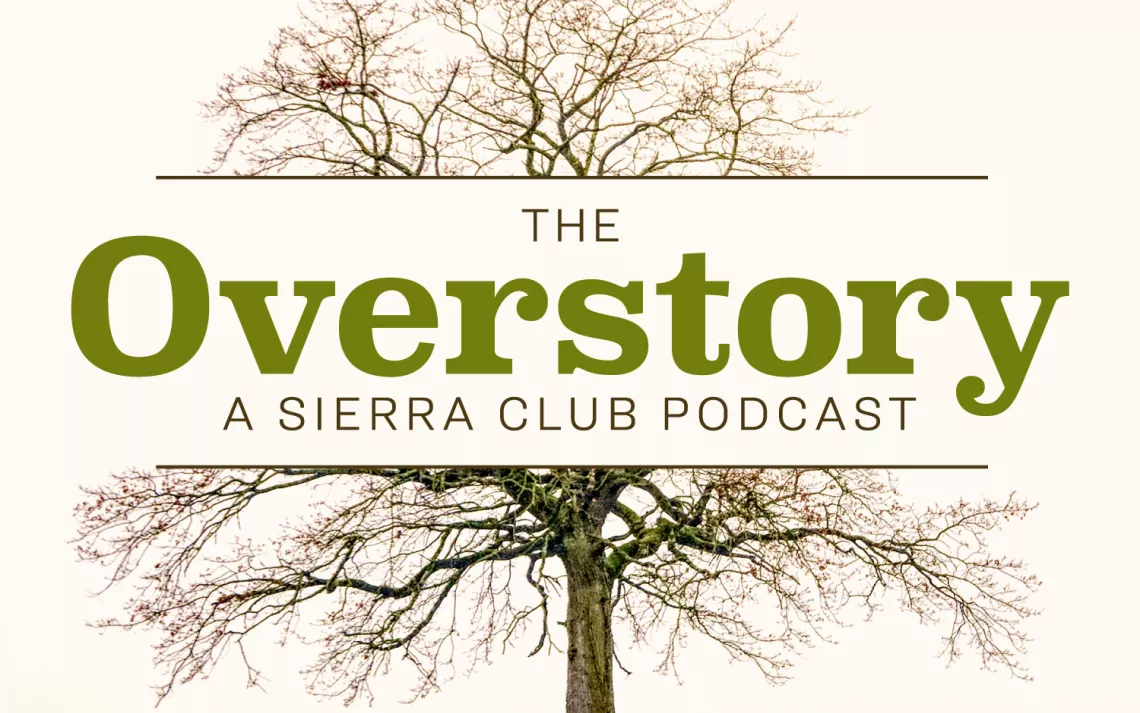Hey Mr. Green, What's the Cleanest Wood Stove?

Photo by iStock/Peter Burnett
Hey Mr. Green,
Some say a wood stove heats the house faster if you always leave the stove’s front door open (with a fire screen to catch sparks). Some say the stove door must be closed after the chimney reaches operating temperature (about 250 degrees) for the stove to circulate air inside the firebox and burn efficiently. Some say just close the door after you got it started, and MYOB. What’s the deal?
—Francis, in Shasta, California
Forget the open-door policy, says John Ackerly of the Alliance for Green Heat, which does just what its name indicates by promoting efficient, safe, lower-polluting heating with wood.
But first, a more urgent question: Out of an estimated 12 million wood stoves in the United States, 9 million are antiquated, and belch out more 3 times more dangerous soot particles than new, EPA-approved stoves while wasting vast quantities of wood because they are so woefully inefficient. So while we environmentalists rightfully harp about corporate emissions, we need to take a look at what’s blasting out of our own personal smokestacks. If you have an old stove, or one that is not EPA-certified, I urge you to click on the EPA's Burn Wise site right now to find out more and to take action.
Ackerly posed your door question to a group of experts at Hearth.com, and here's a summary of what they said: “In general, a stove will be more efficient and produce less pollution such as smoke and particulates if the door is closed. With the door open the stove is more or less a fireplace. Excess air passes through it, heat is pushed up the flue, reducing temperatures in the firebox, which in turn reduces the ability of the stove to burn wood gases and particulates. But be sure the air supply is adequate, because an excessively low air supply will result in smoldering, smoky burns that greatly increase air pollution and lead to creosote buildup in the chimney. The ideal air supply is achieved with the door closed and the air supply adjusted to achieve a lively fire.
"An open stove is really about the same as an open fireplace: pretty to look at but terribly dirty and inefficient. With the door open the smoke exits the flue too quickly to be burned by the secondary combustion, and except for the area near the stove, the rest of the house cools down because you’re essentially creating a draft that pulls air out of the other rooms, making them colder."
Ackerly confirms EPA’s findings by citing actual experience with new stoves: "Many people report using one-third to one-half less wood after switching to a modern stove, while reducing the discharge of CO2 as well as pollutants such as particulates and volatile gases. I would hope a group like the Sierra Club might encourage or educate its members about the benefits of heating with a modern EPA stove vs. the older stoves."
I would too.
 The Magazine of The Sierra Club
The Magazine of The Sierra Club



